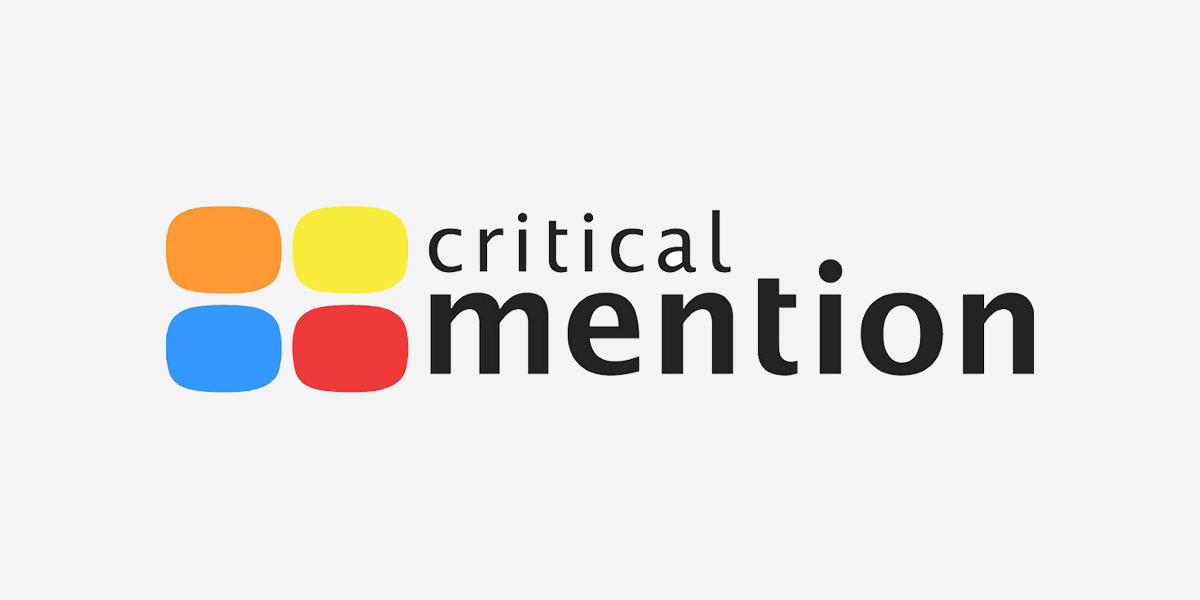
When TV news reporters start baking cookies on car dashboards, you know it’s peak energy consumption time.
July and August heatwaves also put the operators of local utilities and North America’s 10 regional power grids on high alert for generation and distribution disruptions that have the potential to leave millions in the dark and begging for the restoration of their AC.
In the June run-up to the dog days of summer, conservation was the theme in both earned and paid media.
In a recent analysis using the Critical Mention media monitoring platform, the phrase “energy savings” with summer generated hundreds of mentions in a week’s worth of coverage across TV, radio, and online news. Removing the word summer, there were more than a thousand mentions in the same time period.
The majority of broadcast mentions were from radio, and not TV. Most of radio mentions were paid advertisements for solar power and several of the TV mentions included commercials from Oklahoma Natural Gas and Touchstone Energy Cooperative.
The messages included ample energy saving promotions, such as vouchers and partnerships with Energy Star-compliant appliances. Paid content, from Touchstone, pitched attic insulation to reduce cooling costs up to 30%.
National associations like Edison Electric Institute, which represents investor-owned utilities, have also revved up communications to audiences through TV spots, online campaigns and social media to reach more than 220 Americans in all 50 states. EEI’s most recent ad is focused on the industry issue of “net metering” while its social media campaigns focus on outages, and emergency preparedness.
Independent system operators, dubbed ISOs in the power industry, act as primary media contacts on issues affecting the power grid, as opposed to local utilities that handle distribution of lower voltage power to homes and businesses. If there’s a repeat of the epic 2003 blackout that affected multiple states in the Northeast and Midwest, and portions of Canada, it will be the ISOs that do the explaining.
In most media markets, it’s the local electric company that must keep web sites, social channels and traditional media updated on heat- and storm-related outages.
Local power companies also work with local businesses and other commercial accounts to participate in demand response programs. These participants are compensated for reducing electricity use during “peak” periods by raising air conditioner thermostats and turning off unnecessary lights and other equipment. Some businesses may be fined for not adhering to program rules, or may switch to standby generator power to reduce the amount of energy needed from the grid. and urge consumption when demand is expected to exceed power availability.
As summer heats up, relationships between utilities and local news outlets may become as heated as the outside air temperature if coverage becomes hostile over delays in power restoration, rolling blackouts or other crisis issues.
Seasoned PR practitioners closely monitor the accuracy and tone of coverage year-round and in real time so they can present data for executive management, as well as presenting concrete examples if they must escalate complaints about flawed coverage to news directors and editors.








